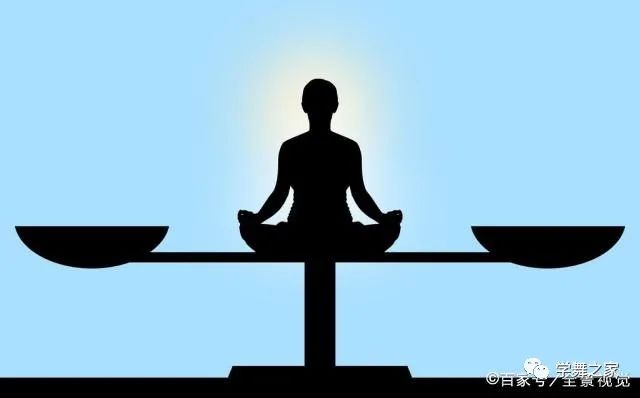Balance is important in all aspects of daily life.

In yoga, this is very important to improve the level of practice.

Yoga offers many balanced lessons.

Outside the mat, it teaches people a balance in life: in diet, interpersonal relationships, behavior, emotion and so on.

On the mat, the most obvious balance class of yoga is the challenge of finding body balance in unfamiliar postures.

The following six tips will help you find and maintain balance on the mat or anywhere you want to practice! 6 tips for achieving better balance in Yoga asanas 1 Find your drishti you may have been instructed to “find your drishti” in a balanced position.

Drishti is a gaze technique in which yogis focus their attention and vision on one point.

It helps to concentrate, so it is sometimes practiced as a meditation technique.
Using drishti on the mat will help you keep your balance.
Before entering the balance pose, focus on a fixed point.
Use this focus to find your inner balance.
In upright poses, such as tree pose, you can choose a point directly in front of the yoga mat.
In the horizontal balance pose, such as half moon pose or warrior pose, focus on the floor.
In inverted stereo (e.g.
headstand), select a point 30-60cm on the floor.
You can test the function of drishti by entering the tree.
Notice the difference in your sense of balance when you focus your eyes on the front rather than around the room.
2.
Using yoga AIDS Yoga aids can make it easier for you to maintain balance and build your confidence.
Yoga blocks are particularly useful because they can pull closer to the floor when muscles are tight and cannot reach the depth required for balance.
Use AIDS as tools to open the body and teach proper alignment, but don’t rely on them.
For example, in half moon or side angle stretching, putting a piece of wood under your hand can improve balance.
Start from the highest position of the brick to the small end of the brick on the floor.
Use this modification to practice for a week or two.
Then, set the Yoga brick so that it is slightly lower, and the longest and thinnest side of the brick is on the floor; Similarly, it will take us some time to adapt to this modification.
Finally, place the widest and longest side of the Yoga brick on the floor.
Eventually you will be able to remove all the bricks.
3.
Use breathing breathing is a powerful balance tool, which can stabilize thinking and make attention more focused.
In challenging balance positions, such as king dance or handstand, many people tend to hold their breath, but this is when we need to keep breathing most.
Keep your breathing rhythm, slow and deep, during each asana training.
Breathing can be strategically used to enter, maintain, and exit postures.
Usually, breathe in when you lift your body.
For example, when entering King dance from mountain pose, lift your legs off the floor and inhale.
Instead, exhale as you lower your body.
For example, exhale when you put your feet on the floor in a tree pose.
This synchronization of breathing will make you focus and move smoothly and smoothly.
4.
Move slowly.
When doing the balance pose, be sure to take your time.
When you enter a headstand, don’t rush to tilt your legs up.
Beginners often make such mistakes, but this uncontrolled movement makes it impossible to find balance in the final pose.
Instead, act slowly and carefully.
By entering asanas with a sense of lightness, you are more likely to maintain this lightness in each asana.
5.
Accept body fluctuations.
If you practice yoga often, you will find that flexibility will change every day.
So is balance.
Yesterday, holding the tree pose for a minute may be a piece of cake, but today, just a few seconds later, the pose is shaky.
This is completely natural.
Your sense of balance fluctuates.
If one day your balance is out of balance, try not to be depressed.
Instead, be curious and interesting.
Resist the temptation to look around the room to see what others are doing.
Press your drishti with your own cushion.
6.
Stick to it.
If you lose your balance in asana, the best way is to return to the posture.
Yoga is a kind of continuous practice, which can be improved through repeated practice.
Get out of the position, take a deep breath in the initial pose, and then try again.
Keep your gaze and breath steady, use AIDS, move carefully, and remember that your practice will change from day to day.
Once you achieve physical balance on the mat, your sense of balance will be brought into your life – even into your thoughts and emotions to achieve balance on the mat# 21 day document challenge #..


